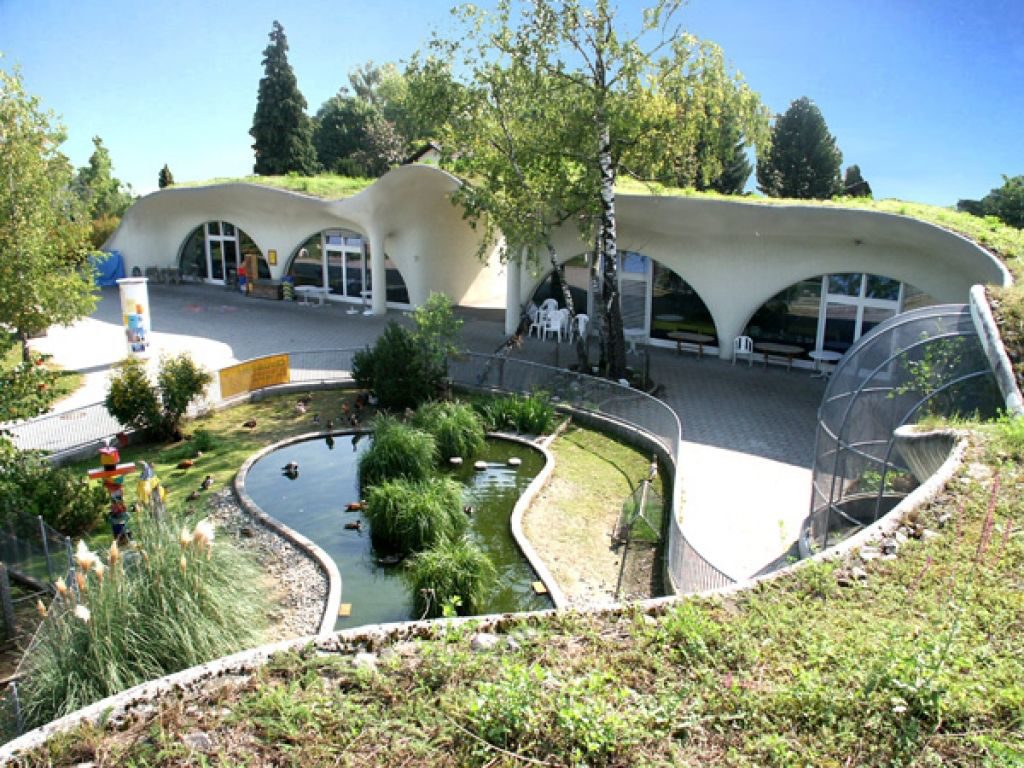Earth Homes and Green Living
Man has known the benefits of living within the earth since the beginning of time. We were cave dwellers taking advantage of the natural insulating properties of the earth when seeking shelter.
There are many people who are rediscovering this economical and hidden aspect of cave dwelling and have brought it into use once again. Although most people are content to live in stick built homes ranging from a small box home to a large ostentatious estate home, cave dwellers are living the natural life within cave homes that bear little resemblance on the outside to conventional homes but are rather modern in lifestyle.
Whether a preexisting cave or a manmade excavated cave, cave homes offer a variety of benefits. Rocks are a natural sound barrier and most hallways and rooms are very quiet. It is also naturally insulated and so remains cool in the summer and warm in the winter. It has a very low environmental impact visually and usually takes less manmade material to build the outward façade. It usually has only one entrance and thusly is easily defensible against intrusion. Caves can also be excavated to create more space as needed.
Many caves also have internal springs for naturally filtered water sources.
There are also disadvantages to cave dwelling such as lack of light. This however, can be remedied by placing large windows, preferably south facing, to generate the most light possible for the longest time throughout the year. Large mirrors placed strategically throughout the cave structure can filter indirect daylight through the rooms.
Also falling rocks from earthquake dangers can also be an issue but if the cave is shored up and structurally sound then this danger can be minimized and can be as safe as conventional earthquake prepared structures.
Another earth home that is gaining popularity since the J.R.R Tolkien books The Lord of the Rings trilogy and The Hobbit films are what are known as Hobbit Homes.
These are structures built with a rounded shell , covered in earth for insulation and then planted with vegetation to blend them into the landscape. These offer many of the same benefits as cave dwelling except for the added benefit of not needing to find a cliff face with an already existing cave or to blast a manmade cave into its side.
Since this idea is gaining popularity and seems to be a very viable alternative to conventional living, many people are becoming more and more interested. As concerns rise about the negative impact that conventional structures and urban dwelling are having on the environment, a home that is covered in green and is engineered to be able to withstand the weight of earth and greenery and remain water tight is becoming a more attractive alternative.
A manufacturer out of Mexico has developed a modular shell that is water tight and is made specifically for the purpose of becoming a buried structure and supporting the weight of earth, vegetation and water. As earth is an excellent insulator, there is less need for producing energy to heat or cool the structure.
The options for solar and other alternative power sources, compostable toilets, water catchment systems, gravity lights, and other off-grid options are becoming more accessible and the idea of replacing conventional structures with more environmentally friendly structures is no longer just an alternative living pipe dream but more and more of an economically sound and environmentally positive reality.
Kiki Davis
